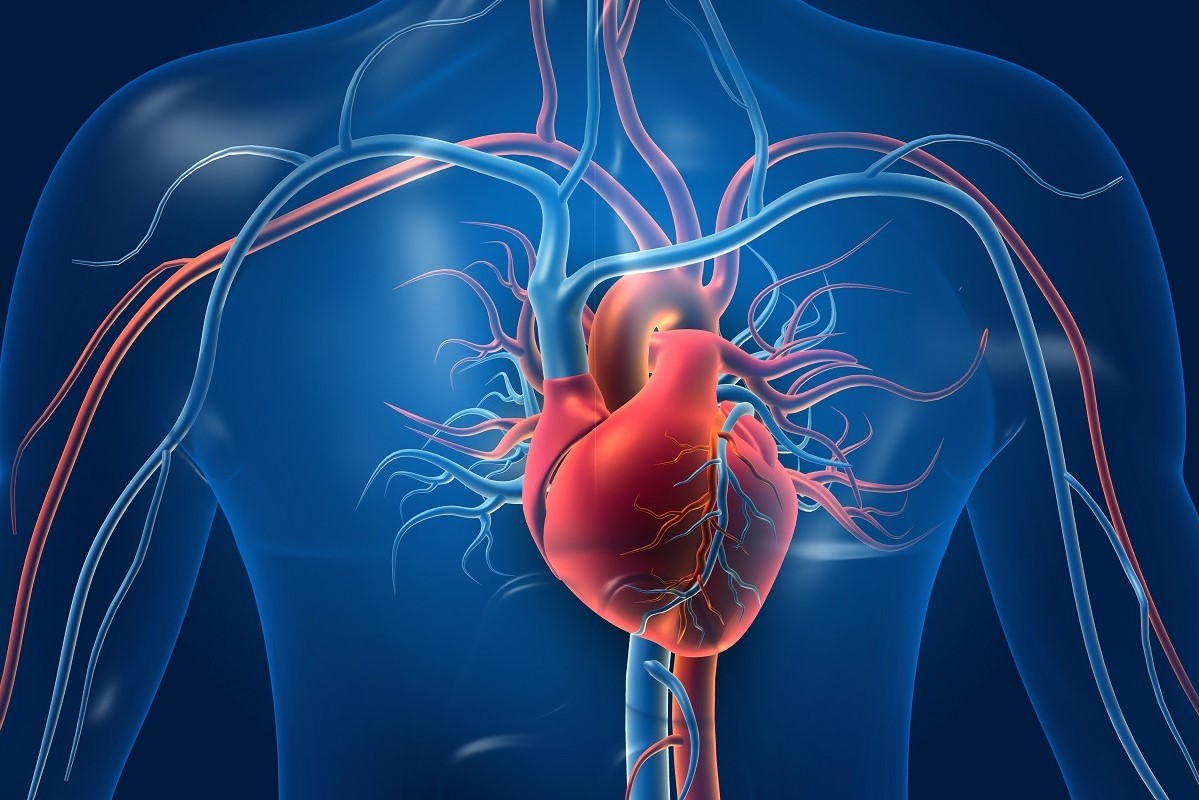
Cardiac tamponade: definition, causes and treatment procedures
Cardiac tamponade is a collection of fluid in the pericardial cavity surrounding the heart that interferes with its pumping functions
This collection results in mechanical compression on the heart such that its filling is obstructed and significant, potentially fatal haemodynamic changes occur acutely.
Due to the reduction in oxygen availability, prompt action will be required to prevent the patient from going into shock.
Men between 20 and 50 years of age are most affected by cardiac tamponade, but it may also affect women
Causing tamponade could be pericarditis, systemic lupus erythematosus, inflammation of blood vessels, tumours, myocarditis, cardiac surgery, ruptured aortic or coronary aneurysm, radiotherapy and certain drug treatments.
Cardiac tamponade, depending on its duration and manifestation, can be classified as acute, sub-acute and chronic.
Acute cardiac tamponade is triggered by aortic dissection, trauma, complications due to implantation of pacemakers or cardiac catheters; it manifests suddenly and causes dyspnoea and chest pain.
Because of this sudden onset, it will be very dangerous and pericardial drainage will be required.
Sub-acute cardiac tamponade is caused by neoplasia, uremia or idiopathic pericarditis. It will be asymptomatic and will be detected in routine tests.
Chronic cardiac tamponade will see fluid slowly accumulate as a result of inflammatory processes
Sub-acute cardiac tamponade may be asymptomatic, in more acute forms there will be: difficulty breathing, chest pain, dizziness, heart palpitation, cyanosis, pulmonary oedema, low blood pressure.
It will be common, when there is cardiac tamponade, to have a reduction in systolic pressure during inspiration due to increased blood supply in the pulmonary vessels, until there is no pulse at all.
Among the symptoms, those defined as Beck’s triad are also valid as a diagnosis and are: attenuated perception of heart tones, reduced blood pressure and increased central venous pressure.
Symptoms that will be a consequence of the amount of fluid that accumulates to the point of compressing the heart chambers; there will be an impairment of the filling capacity of the heart and will lead to serious complications.
Complications that could manifest themselves with symptoms such as: increased pericardial pressure, reduced systolic blood pressure and pulse during inspiration, low blood pressure.
As mentioned earlier, the first thing that can be taken into account as a diagnosis will be the symptoms of Beck’s triad; however, these symptoms may not occur simultaneously.
Other useful tools for a complete diagnosis will be:
- The electrocardiogram to detect the lowered voltage and heart rate, altered by cardiac tamponade;
- the echocardiogram to assess the aortic and mitral velocity, which will decrease due to the cardiac tamponade, and the velocity of the tricuspid and pulmonary flows, which will instead increase;
- the echo-fast which will make it possible to assess the presence of fluid in the pericardial sac;
- the chest X-ray will allow observation of the enlargement of the cardiac shadow resulting from the pericardial effusion;
- cardiac catheterisation, which will allow atrial pressure to be measured;
- coronary angiography will make it possible to monitor blood flow in the blood vessels.
Cardiac tamponade will require prompt intervention
Oxygen will have to be administered to avoid shock and then excess fluid will be removed by pericardiocentesis.
Pericardiocentesis which will not be used if the tamponade is low pressure; in more severe cases, however, it will not be sufficient and specific drainage procedures will be required.
Drainage procedures that will be of the covered type when proceeding surgically via incision or thoracoscopy, or percutaneously via catheter or balloon.
A small portion of pericardium will be removed which will be effective should there be blood or clots.
This procedure will leave the wound open allowing drugs to be administered into the pericardial space.
It will be open, on the other hand, when the fluid can be completely removed by turning directly on the tissue.
Thoracotomy via incision of the pericardial sac, or the creation of a subxiphoid pericardial window, will be the treatments to be adapted when there is a definite diagnosis and a high risk.
It will also be necessary, however, to act on the causes that led to the cardiac tamponade, which is precisely the consequence of numerous pathologies and/or cardiac events.
Read Also
Emergency Live Even More…Live: Download The New Free App Of Your Newspaper For IOS And Android
Cardiac Tamponade: Causes, Symptoms, Diagnosis And Treatment
Neonatal CPR: How To Perform Resuscitation On An Infant
Cardiac Tamponade: Symptoms, ECG, Paradoxical Pulse, Guidelines
Cardiac Arrest: Why Is Airway Management Important During CPR?
Cardiomyopathies: What They Are And What Are The Treatments
Heart Disease: What Is Cardiomyopathy?
Inflammations Of The Heart: Myocarditis, Infective Endocarditis And Pericarditis
Heart Murmurs: What It Is And When To Be Concerned
Broken Heart Syndrome Is On The Rise: We Know Takotsubo Cardiomyopathy
What Is A Cardioverter? Implantable Defibrillator Overview
5 Common Side Effects Of CPR And Complications Of Cardiopulmonary Resuscitation
All You Need To Know About Automated CPR Machine: Cardiopulmonary Resuscitator / Chest Compressor
European Resuscitation Council (ERC), The 2021 Guidelines: BLS – Basic Life Support
Paediatric Implantable Cardioverter Defibrillator (ICD): What Differences And Peculiarities?
Pediatric CPR: How To Perform CPR On Pediatric Patients?
Cardiac Abnormalities: The Inter-Atrial Defect
What Are Atrial Premature Complexes?
How To Use An AED On A Child And An Infant: The Paediatric Defibrillator


